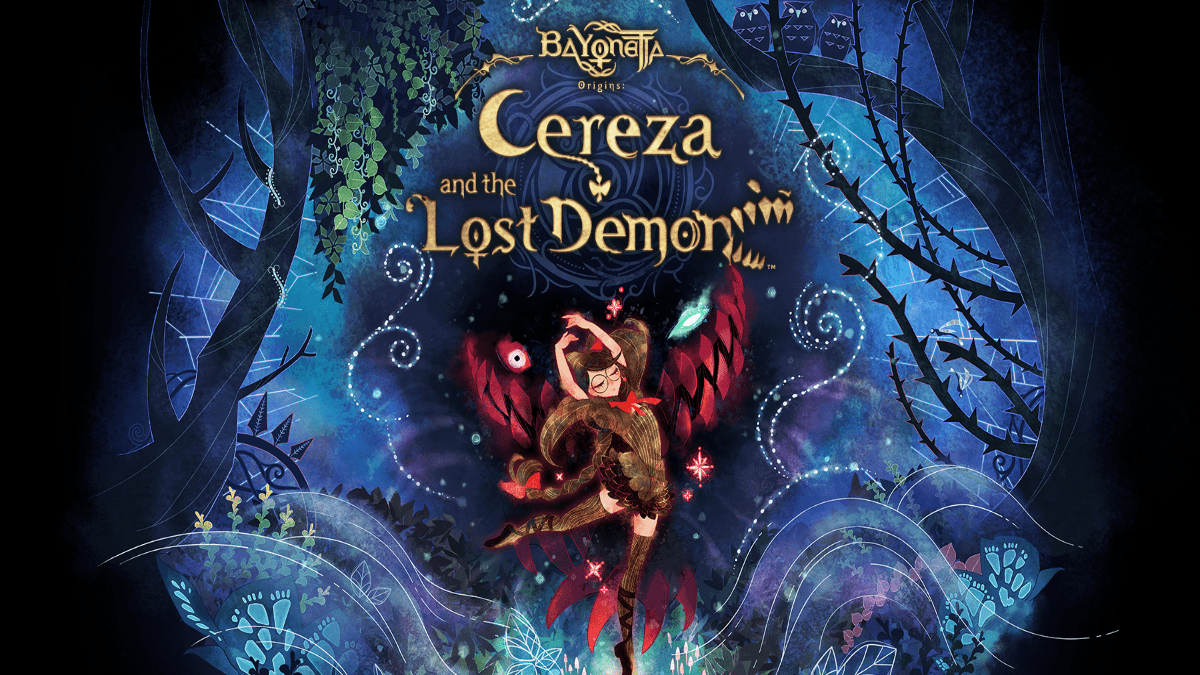PlatinumGames put considerable effort into attempting to achieve a stable 60 frames per second (FPS) for Bayonetta Origins: Cereza and the Lost Demon on the Nintendo Switch. However, despite their efforts, they ultimately had to abandon this goal due to technical constraints.
Abebe Tinari, the director of Bayonetta Origins, disclosed that the studio tried for a long time to maintain a stable 60 FPS for the game. While achieving this frame rate is crucial for genres that rely heavily on reaction times, such as action games like Bayonetta Origins, the studio faced challenges due to the game’s art style and visual effects (VFX).
The game’s art style heavily relies on post-processing effects, each of which incurs a performance cost. Sacrificing these effects to achieve a stable 60 FPS would have significantly impacted the game’s visuals, which were a highlight of the game.
Although PlatinumGames managed to achieve a stable 60 FPS in certain stages of the game, such as the Tír Na Nóg stages, they faced difficulties maintaining this performance in other areas, such as the forest levels. The studio explored options like implementing a variable frame rate cap, but ultimately found that transitioning between 60 and 30 FPS felt jarring for players.
After extensive testing, PlatinumGames decided that a variable frame rate was the best compromise between performance and preserving the game’s artistic vision. Tinari emphasized that this decision was not made lightly and compared it to Nintendo’s decision to cap the frame rate of The Thousand-Year Door remake at 30 FPS.
In conclusion, PlatinumGames prioritized maintaining the game’s visual fidelity while balancing performance considerations, ultimately opting for a variable frame rate to deliver the best possible experience for players.

